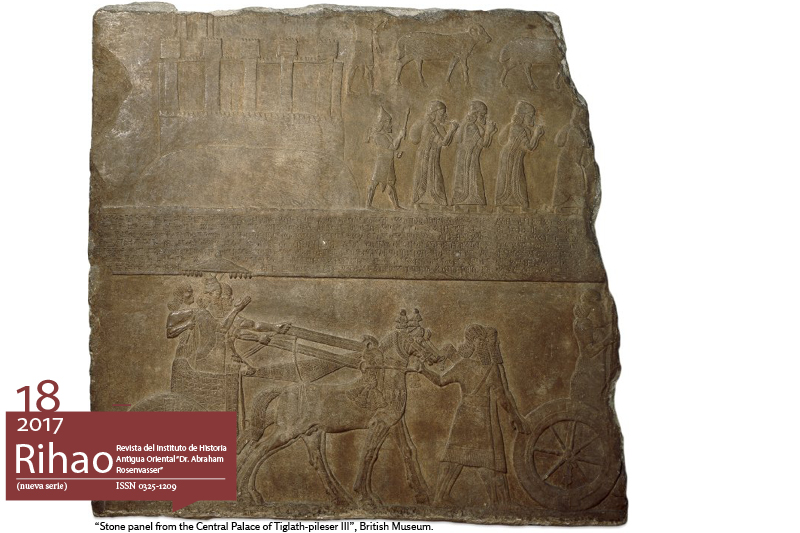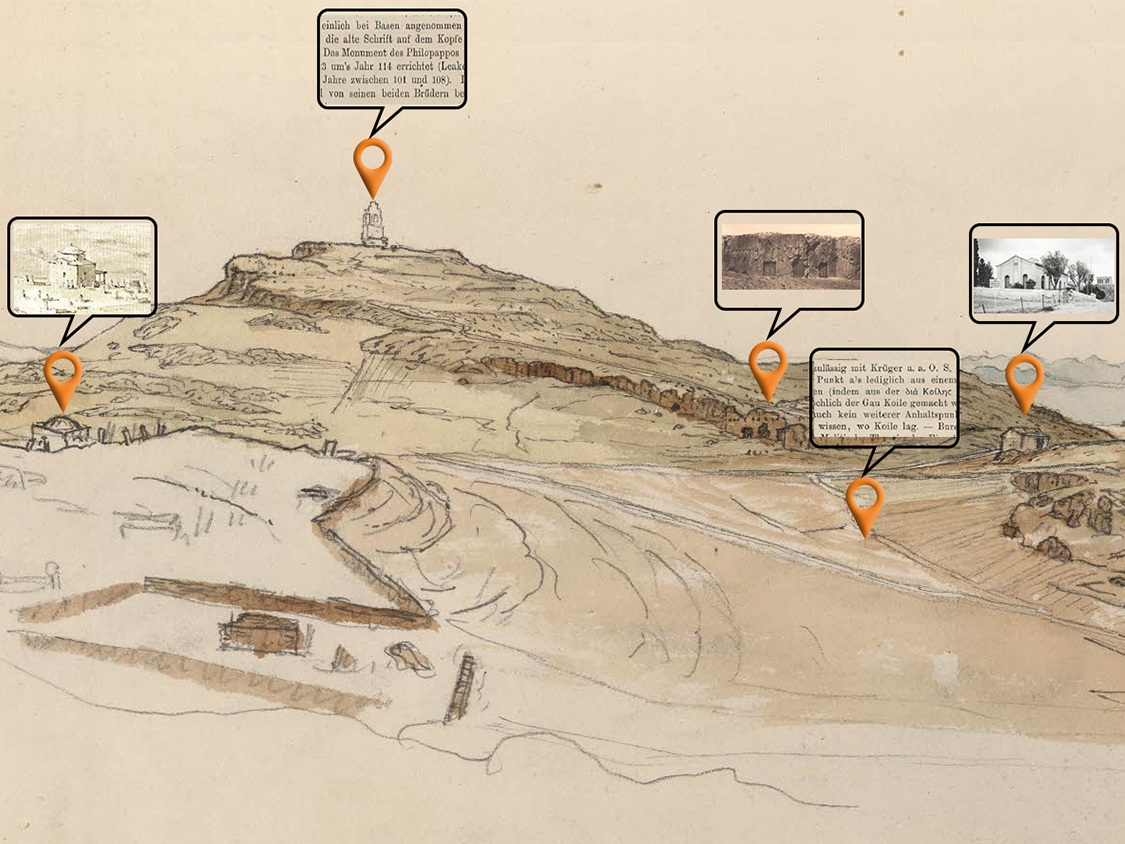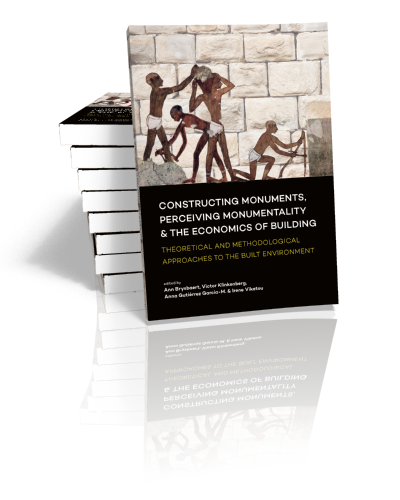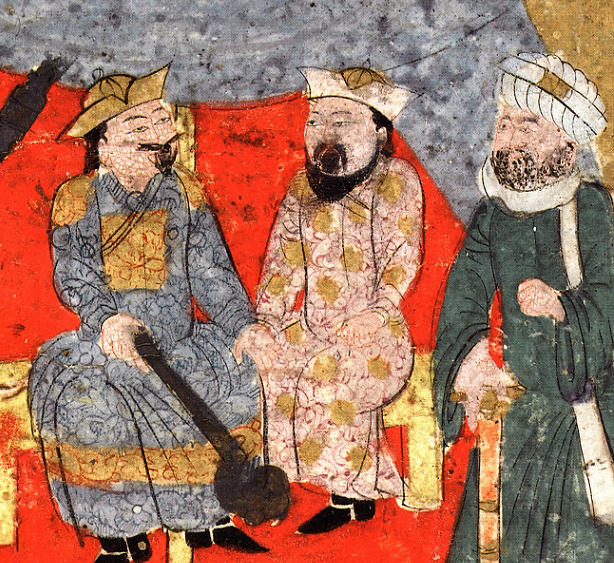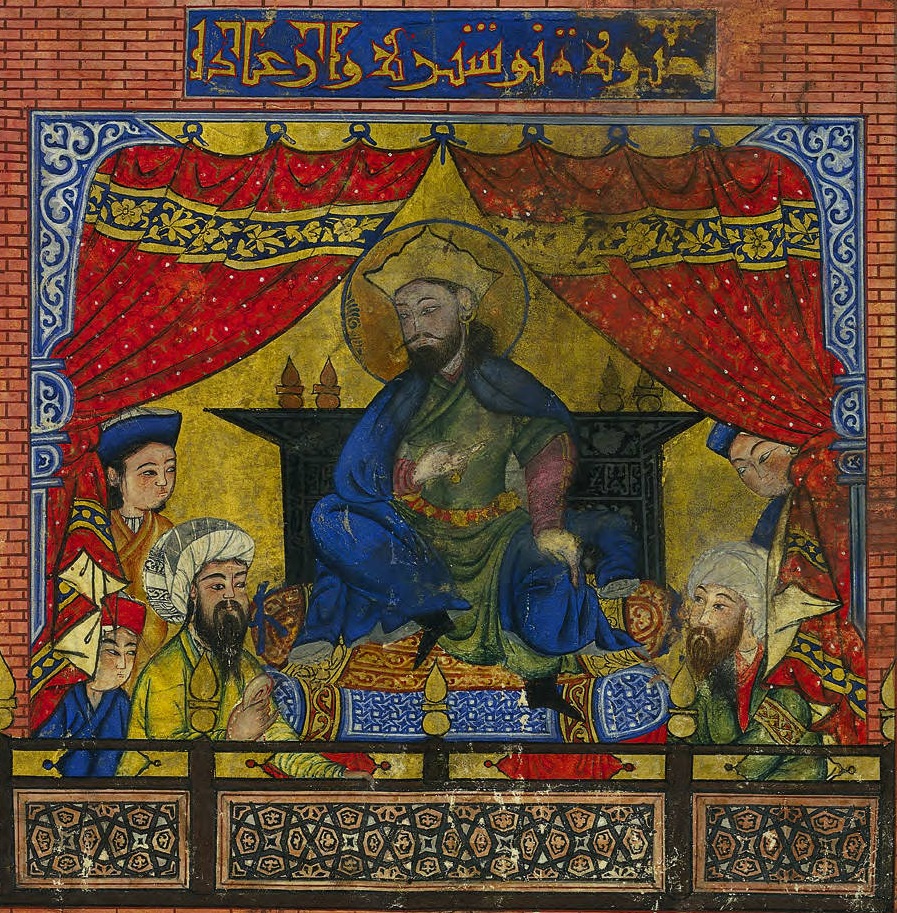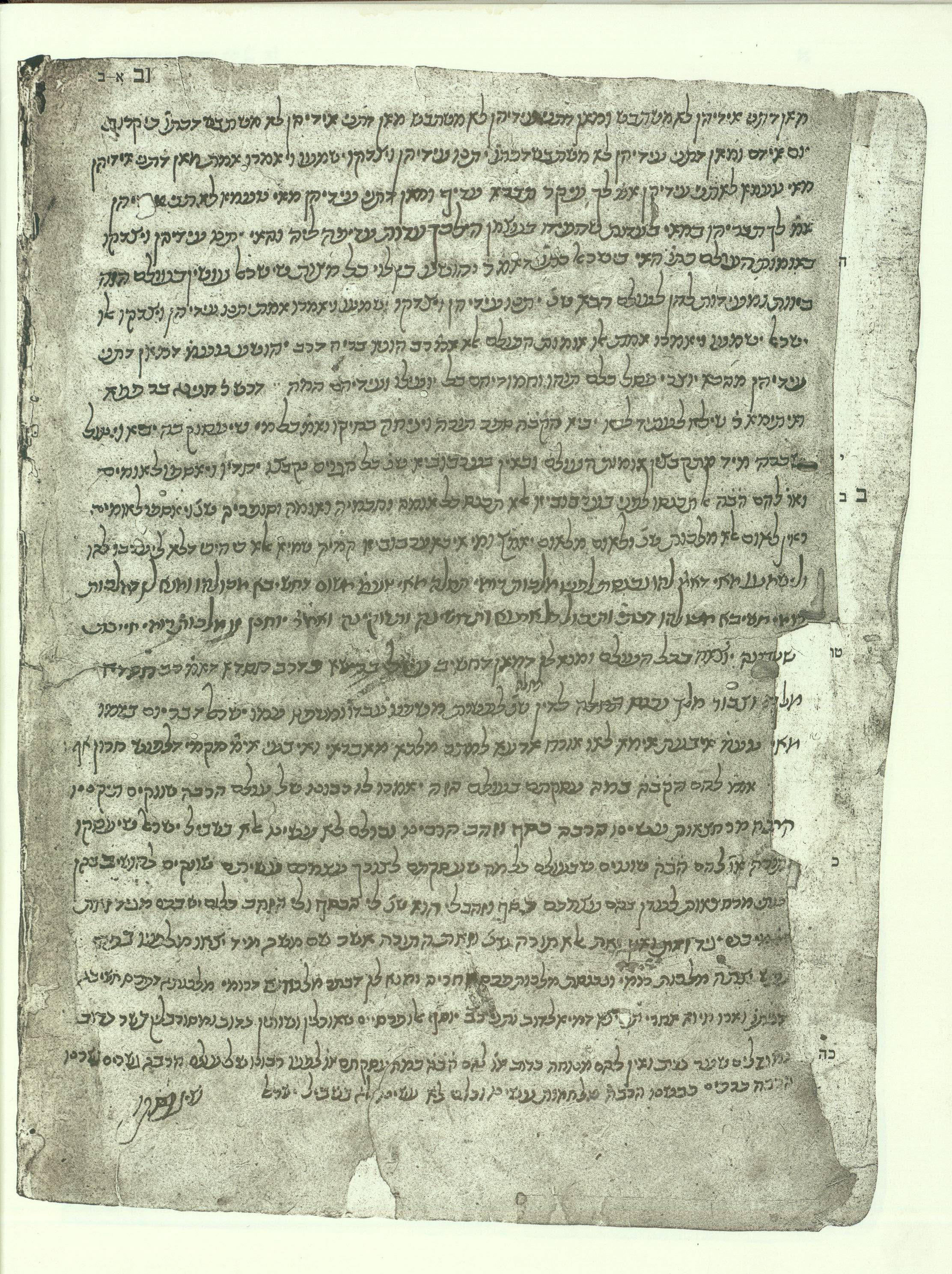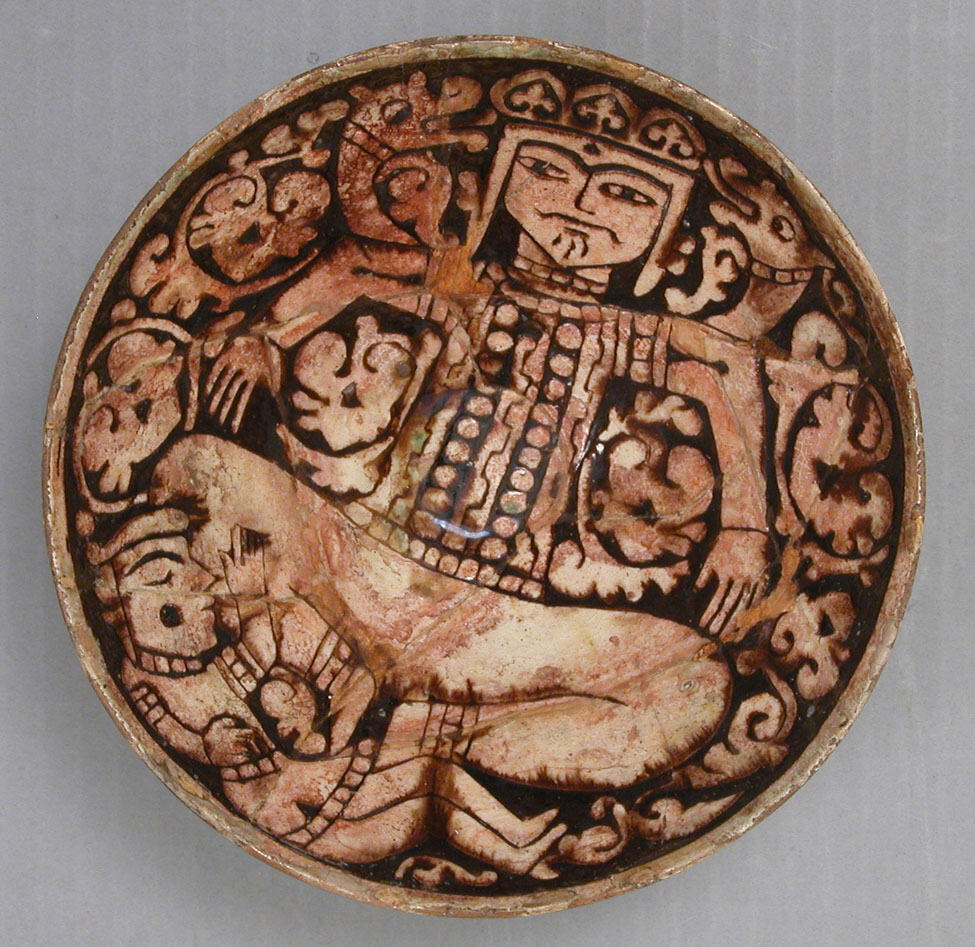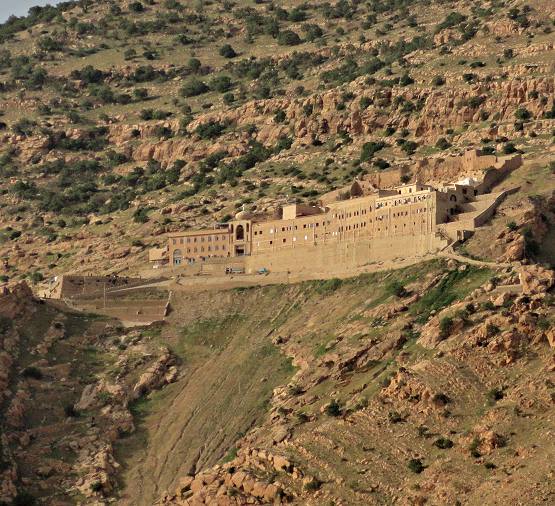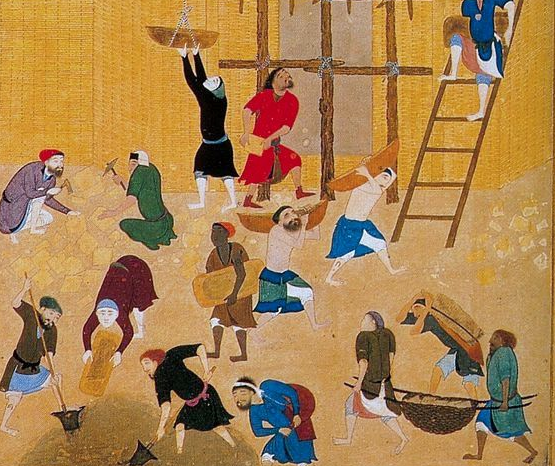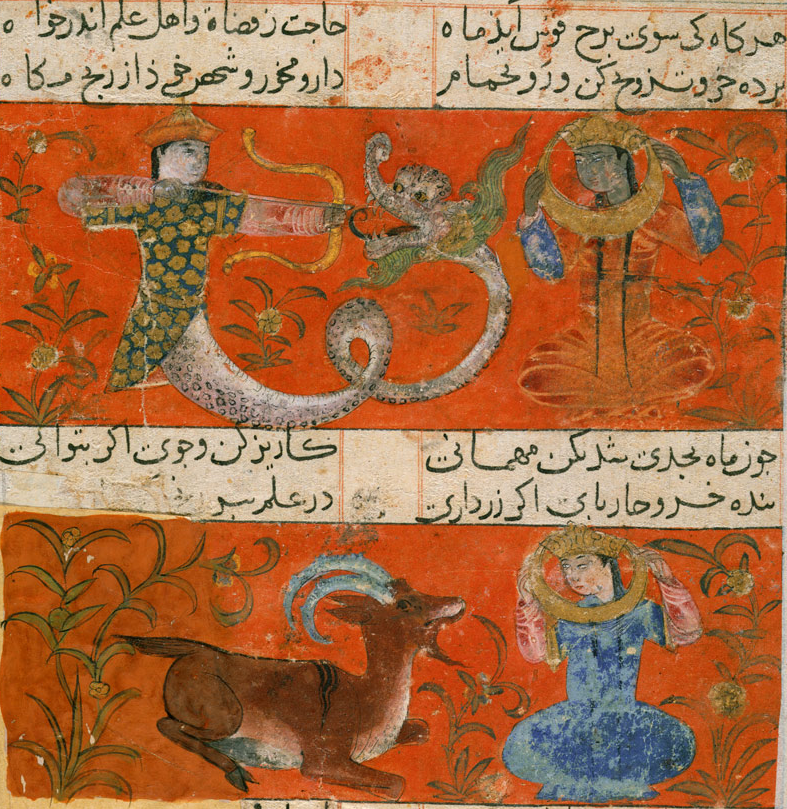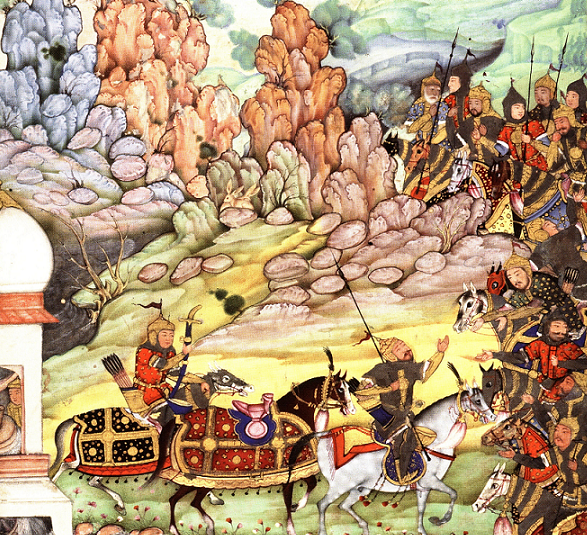Syrians for Heritage (SIMAT)
سوريون من أجل التراث (سمات)
Syrians for Heritage (SIMAT) is a cultural association that strives to preserve the Syrian heritage for all Syrians and for the world. Through our tangible and intangible heritage, we can comprehend our past and anticipate our future. This understanding will help us rediscover our plurality, restore our sense of belonging to our land and country, and achieve our hoped-for, peaceful future.
SIMAT is an inclusive association. It insists on broadening the discourse on Syrian heritage to encompass diverse perspectives, including those that have historically been excluded for a variety of reasons. SIMAT engages civil society in Syria and the Syrian diaspora and collaborates with concerned international organizations in the service of heritage education, exhibition, and conservation. SIMAT aims to challenge intended and unintended infringements on and appropriation of Syrian art, culture, and architecture, and promotes the study and appreciation of Syrian heritage locally and internationally for all.















































































































